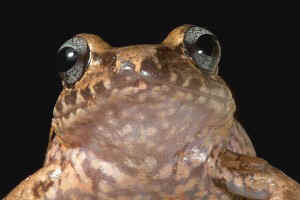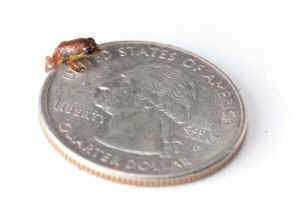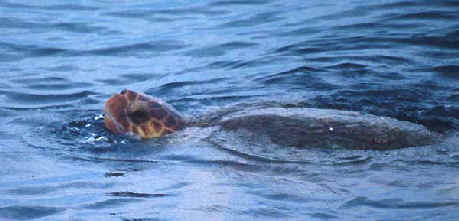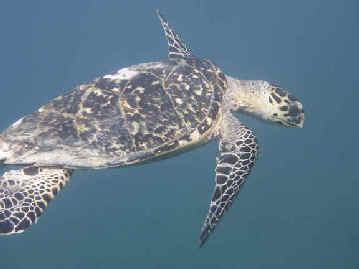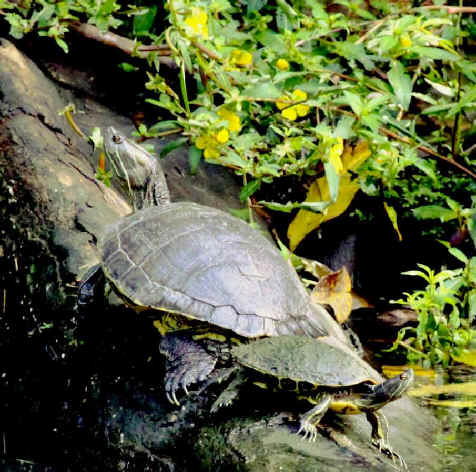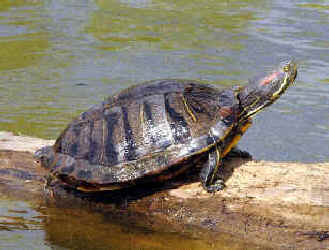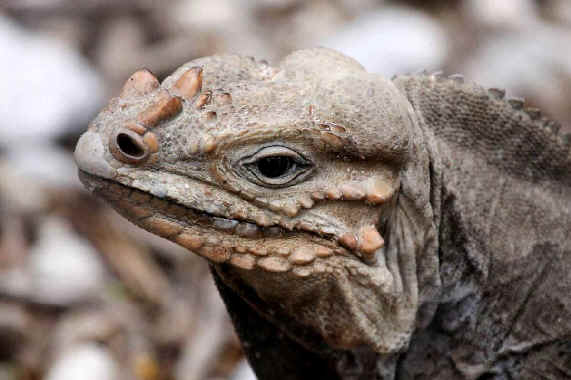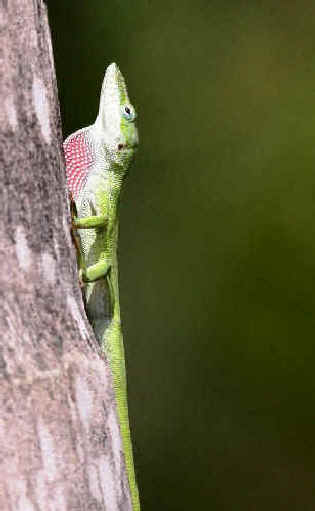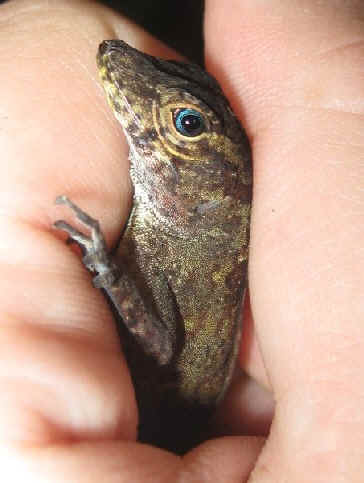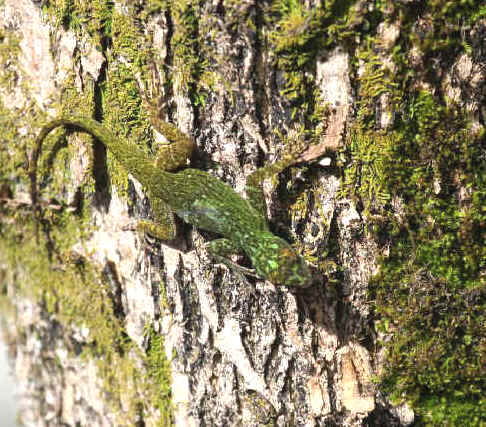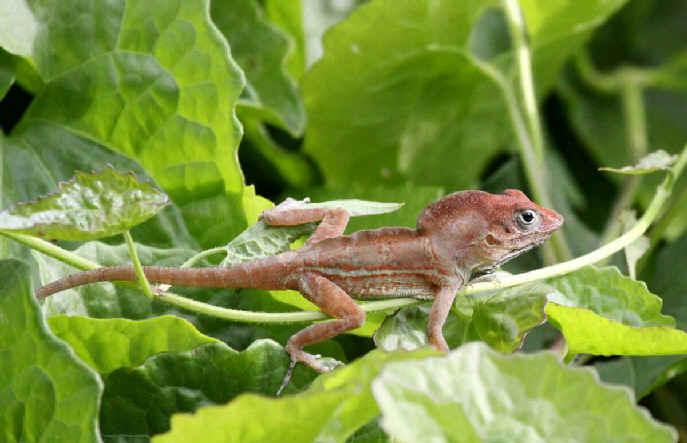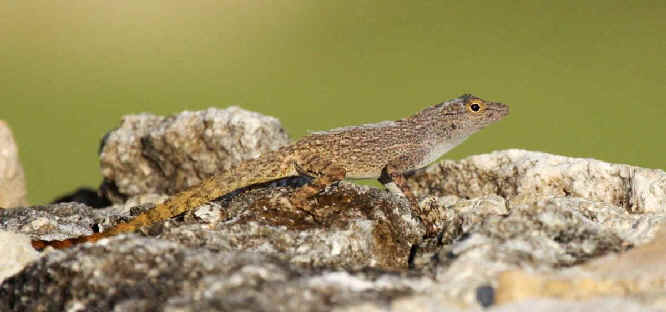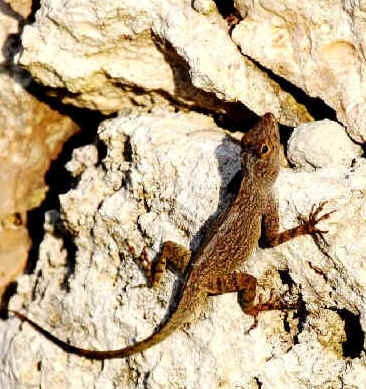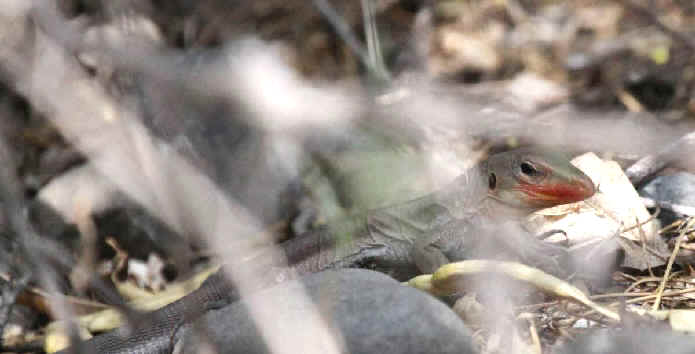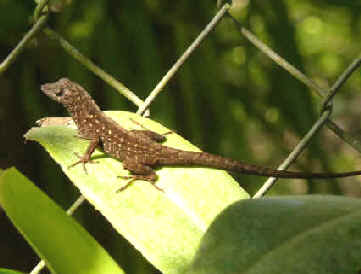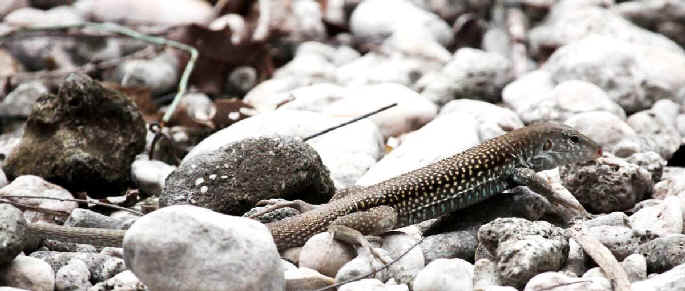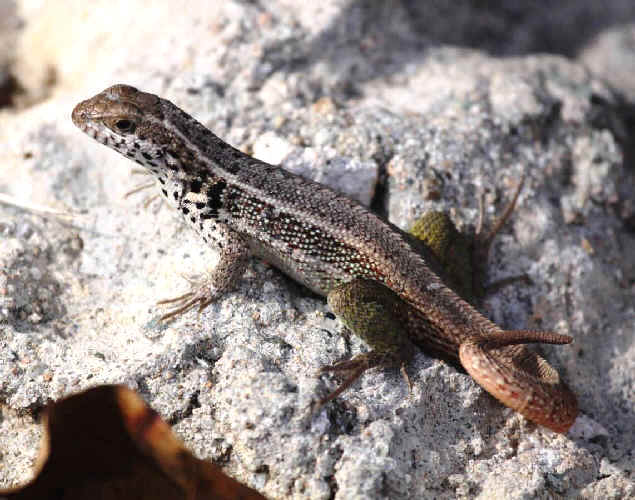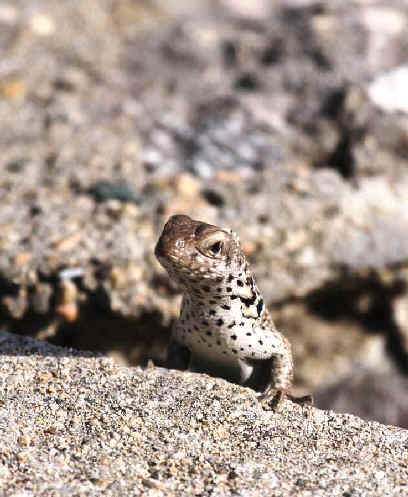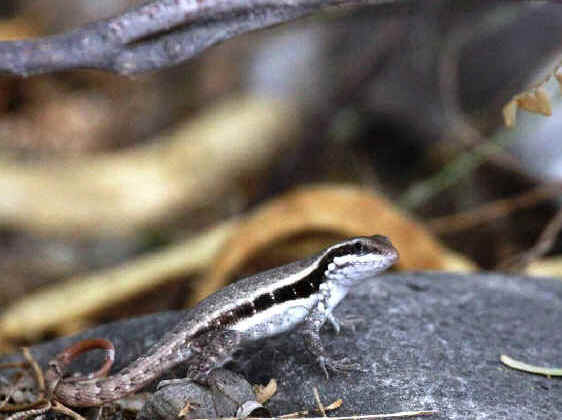
E-mail: font@focusonnature.com
Phone: Toll-free in USA 1-888-721-3555
or 302/529-1876
 |
PO Box 9021,
Wilmington, DE 19809, USA E-mail: font@focusonnature.com Phone: Toll-free in USA 1-888-721-3555 or 302/529-1876 |
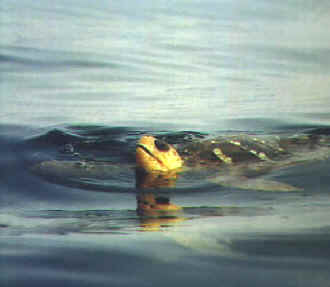
Amphibians
and Reptiles
of the
Caribbean
On West Indian Islands
Noting those found during
Focus On Nature Tours with an (*)
including:
Salamanders
Toads & Frogs (seen or heard),
Turtles
Lizards
Snakes
A list compiled by Armas Hill
UPPER RIGHT PHOTO: LOGGERHEAD SEA TURTLE
Links to Groupings in this List:
AMPHIBIANS:
Toads True
Frogs Tree Frogs & Coquis
REPTILES: Sea
Turtles Freshwater Turtles
Crocodiles Geckos
Iguanas
Anoles Whip-tail
Lizards Anguidae Lizards (inc
Galliwasps) Snakes
Other Links:
Itineraries for Upcoming FONT Caribbean Tours in the West Indies
A List &
Photo Gallery of Caribbean birds, in 2 parts:
Part #1: Guineafowl to Hummingbirds Part
#2: Trogons to Buntings
Lists of Birds for:
the
Cayman Islands the
Dominican Republic Jamaica
the
Lesser Antilles Puerto
Rico
Butterflies & Moths in the Caribbean (with some photos)
Mammals of the Caribbean (with some photos)
Fish of the Caribbean Other Marine Life (including Corals, Jellyfish, Arthropods)
Codes:
(*): seen,
or heard, during FONT tours
Threatened species, designated in the
IUCN Red Data List:
(t1): critically endangered (some
possibly extinct)
(t2): endangered
(t3): vulnerable
(nt): a near-threatened species
(iWI): introduced in the West
Indies
(He): species endemic to
Hispaniola (DRe): endemic to the Dominican Republic
(ph): species with a
photo in the FONT website
AB: Antigua
& Barbuda
BD: Barbados
CU: Cuba
CY:
Cayman Islands
DM: Dominica
DR: Dominican Republic on the island of Hispaniola
GD:
Guadeloupe
HA:
Haiti on the island of Hispaniola
JM:
Jamaica
MQ: Martinique
MT:
Montserrat
NA:
Netherlands Antilles
PR:
Puerto Rico
SL: Saint Lucia
AMPHIBIANS:
Family BUFONIDAE
(Toads)

